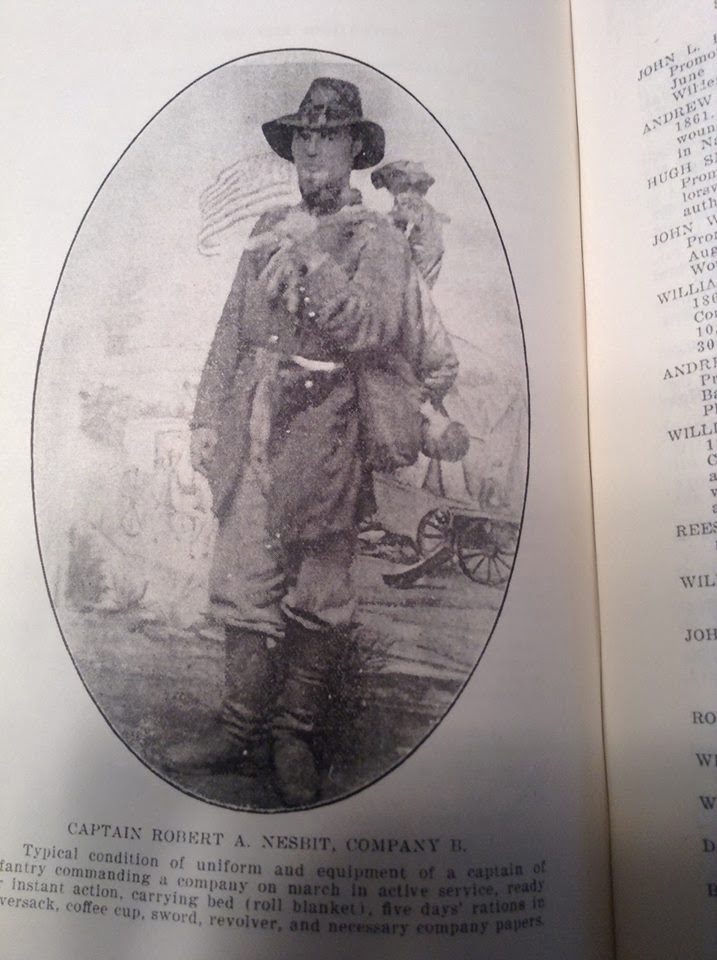1860's Corsets: My First Attempts

Me in my underwear--the chemise is a disaster but I've made a much better one since then Corset making can be a difficult challenge, but with patience and willingness to fail the first few times, an amateur at sewing can make one. My first corset was a quick, poorly done project, using cotton broadcloth, zip tie boning, and hook and eye closure. I actually made it as a bodice for my prom dress; it looked great then, but later I altered it to add the open laced back. After taking it apart to re-make the bodice into a corset, I didn’t finish it properly. The zip ties bent and poked me and it hurt. I’m not sure why the zip ties didn’t work, as they are the same as plastic boning, but maybe I didn’t put enough boning into this corset and expected the existing boning to support too much. The pictures here are of the second corset that I made. Past Patterns 703 Corset About five years ago, I made this ...





